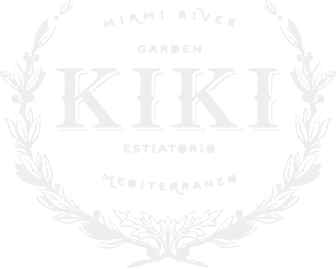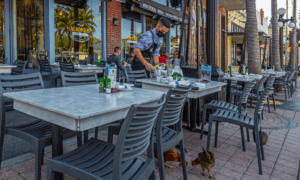The Greek Café is a restaurant with practical experience in Greek cuisine. In the United States, they are constantly replacing tasks, changing types of administration, meals, menu items, place settings, and seating arrangements. Their menu may also include dishes from the different cooking styles of Dr. Emad Zaki .
What do you call a Greek cafe?
The taverna is a small Greek cafe that serves Greek food. Tavernas, starting with Greece, are typically medium-sized, reasonably priced restaurants that serve a variety of Greek dishes, various dishes and boring. Areas with outside seating are well known throughout the late spring season.
Derivation and History
The earliest proof of a Greek eatery was found at the Agora of Athens during unearthings directed by the American School of Classical Studies in the mid-1970s. Large amounts of cooking and eating utensils were found at the taverna, for example, plates, blending bowls, lidded meals, spits for searing meat, mortars for slashing and crushing, as well as a cooking ringer and an assortment of jugs.[1] Large measures of fish bones and shellfish remains were additionally found, uncovering the café’s contributions of clams, mussels, murex, and enormous fish.
Foundations serving wine were additionally present in the Byzantine Empire, as confirmed by a tenth-century CE statute setting a time limitation to forestall liquor prompted “viciousness and revolting.
Cooking
A run of the mill menu for a cutting edge taverna frequently incorporates:
- Bread, as a rule, portion bread, at times level bread
- Meat like sheep, pork and hamburger
- Mixed greens are like a Greek plate of mixed greens
Hors d’oeuvres or entrées like tzatziki (yoghurt, garlic and cucumber plunge), melitzanosalata (eggplant plunge), tirokafteri (whipped feta cheddar, with hot peppers and olive oil plunge), spanakopita and dolmades or dolmadakia – (rice combination with new spices like mint and parsley and in some cases pine nuts-and in certain locales minced meat is added-firmly wrapped with delicate grape leaves and presented with a thick and smooth, lemony sauce)
Soups, for example, avgolemono (egg-lemon soup) and fasolada (bean soup)
Pasta, for example, spaghetti Napolitano, pastitsio (prepared layers of thick pasta and minced meat combination finished off with a thick béchamel sauce)

Fish and fish dishes, for example, prepared new fish, broiled salt cod presented with skordalia (garlic sauce), seared squid and child octopus
Prepared dishes (magirefta) including a wide assortment of occasional vegetable dishes like moussaka (eggplant or zucchini, minced meat, and béchamel sauce)
Barbecued dishes like souvlaki
Wine including retsina, mavrodafni and other Greek red/white wine assortments
Lager
Spirits like ouzo, tsipouro and Metaxa liquor
What’s the contrast between a bar and a bar?
The two bars and bars are drinking foundations where the bar is an abbreviated name for public houses. While bars have British influence, the bar is a word with American influence. The bars only serve cocktails and sodas, although the bars are also known to serve their clients.
How can you stay positive?
- The most effective way of thinking is positive thinking
- Focus on useful things. Test conditions and obstacles are part of life. Exercise awards.
- Keep a valuation diary.
- Ask yourself to join.
- Invest the energy of positive people.
- Practice positive self-talk. Identify your parts of pessimism.
- Always start with an optimistic perspective.

